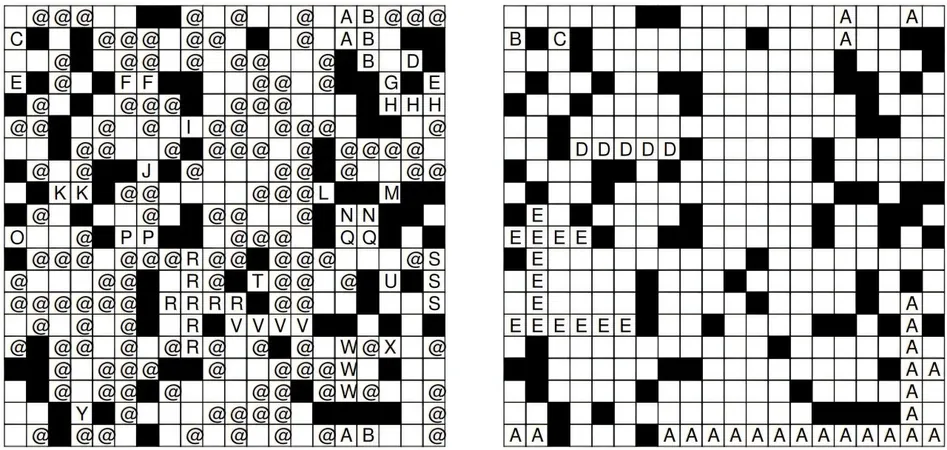
Revolutionary New Model Reveals How We Solve Word Puzzles: Insights from Physics!
2025-01-10
Author: Arjun
Introduction
In an exciting development from the academic world, Alexander Hartmann, a physicist at the University of Oldenburg in Germany, has unveiled a groundbreaking model that sheds light on the fascinating phenomenon of insight during word puzzle solving. His research, published in the esteemed journal *Physical Review E*, draws intriguing parallels between sudden bursts of clarity in puzzle-solving and the mechanics of percolation—a process akin to how water filters through a teabag.
Inspiration and Research
Hartmann's inspiration originated from a personal experience while grappling with a word puzzle. He reached a deadlock, unable to progress. After stepping back and revisiting the puzzle, he experienced a compelling breakthrough, leading him to connect the dots more efficiently and ultimately solve it. This led him to explore the theory of percolation, primarily studied in physical contexts, and investigate its potential application to the cognitive processes involved in puzzle solving.
Percolation Theory in Puzzle Solving
Past percolation theories, such as those discussing water filtering through coffee grounds, typically focus on downward movement due to gravity—yet Hartmann posits that word puzzles can be perceived as intricate networks. In these networks, connections form until a pivotal moment—a tipping point—allows for rapid access to solutions.
Hartmann's Model
Hartmann meticulously constructed his percolation model, suggesting that crossword puzzles consist of white squares awaiting letters. Words, in this case, serve as chains of these squares confined by black squares. Initially, without knowledge of any letters, the potential outcomes are seemingly random. However, as letters are correctly filled into these white squares, the solver accrues partial knowledge that catalyzes sudden insights. This moment of clarity resembles a phase transition, enabling solvers to recognize previously hidden associations.
The Avalanche Effect
His model likens this revelation process to an avalanche: discovering one answer leads to a cascade of subsequent solutions, significantly enhancing the solver's performance. Hartmann's research opens the door to exciting further investigations into the connections between abstract thought processes and their tangible, physical counterparts.
Implications and Future Directions
It’s fascinating to think how understanding these cognitive patterns not only enriches our insight into puzzle solving but may also illuminate broader aspects of human problem-solving behavior! This could have applications far beyond entertainment, potentially influencing areas such as education, cognitive science, and artificial intelligence.
Conclusion
Will this innovative percolation model redefine how we approach not just word puzzles but problem-solving in general? Stay tuned for more updates as Hartmann continues his groundbreaking work in this captivating intersection of physics and cognitive science!

 Brasil (PT)
Brasil (PT)
 Canada (EN)
Canada (EN)
 Chile (ES)
Chile (ES)
 Česko (CS)
Česko (CS)
 대한민국 (KO)
대한민국 (KO)
 España (ES)
España (ES)
 France (FR)
France (FR)
 Hong Kong (EN)
Hong Kong (EN)
 Italia (IT)
Italia (IT)
 日本 (JA)
日本 (JA)
 Magyarország (HU)
Magyarország (HU)
 Norge (NO)
Norge (NO)
 Polska (PL)
Polska (PL)
 Schweiz (DE)
Schweiz (DE)
 Singapore (EN)
Singapore (EN)
 Sverige (SV)
Sverige (SV)
 Suomi (FI)
Suomi (FI)
 Türkiye (TR)
Türkiye (TR)
 الإمارات العربية المتحدة (AR)
الإمارات العربية المتحدة (AR)